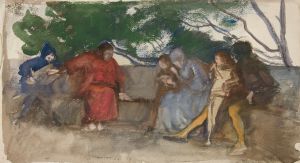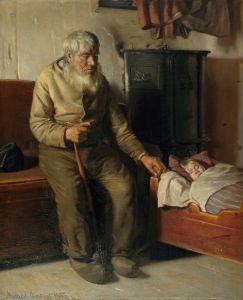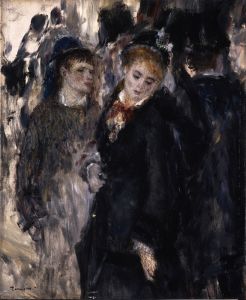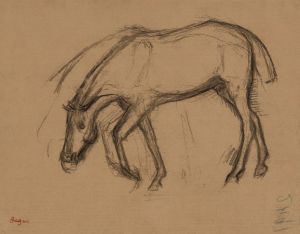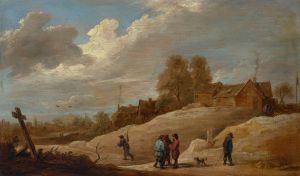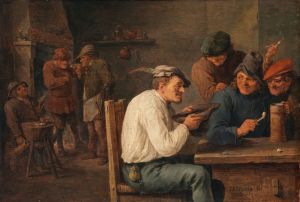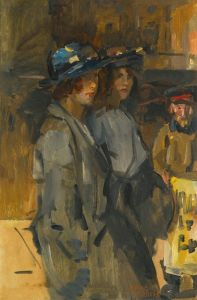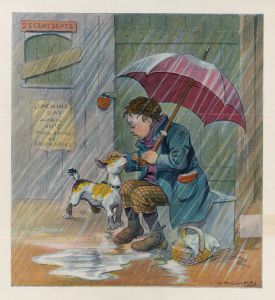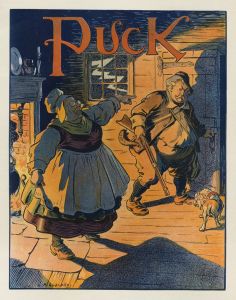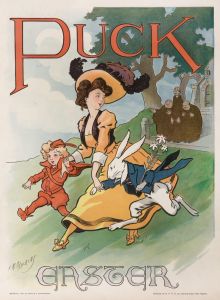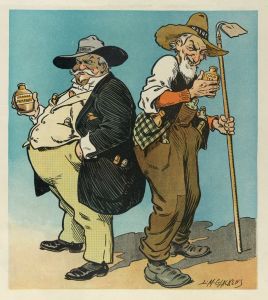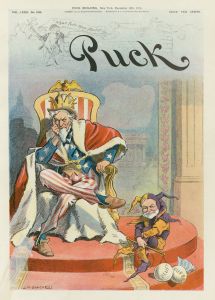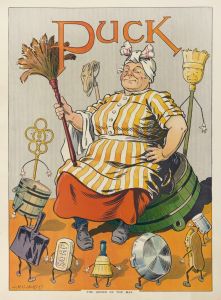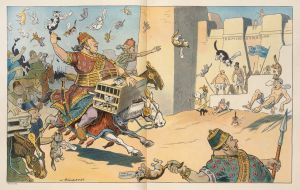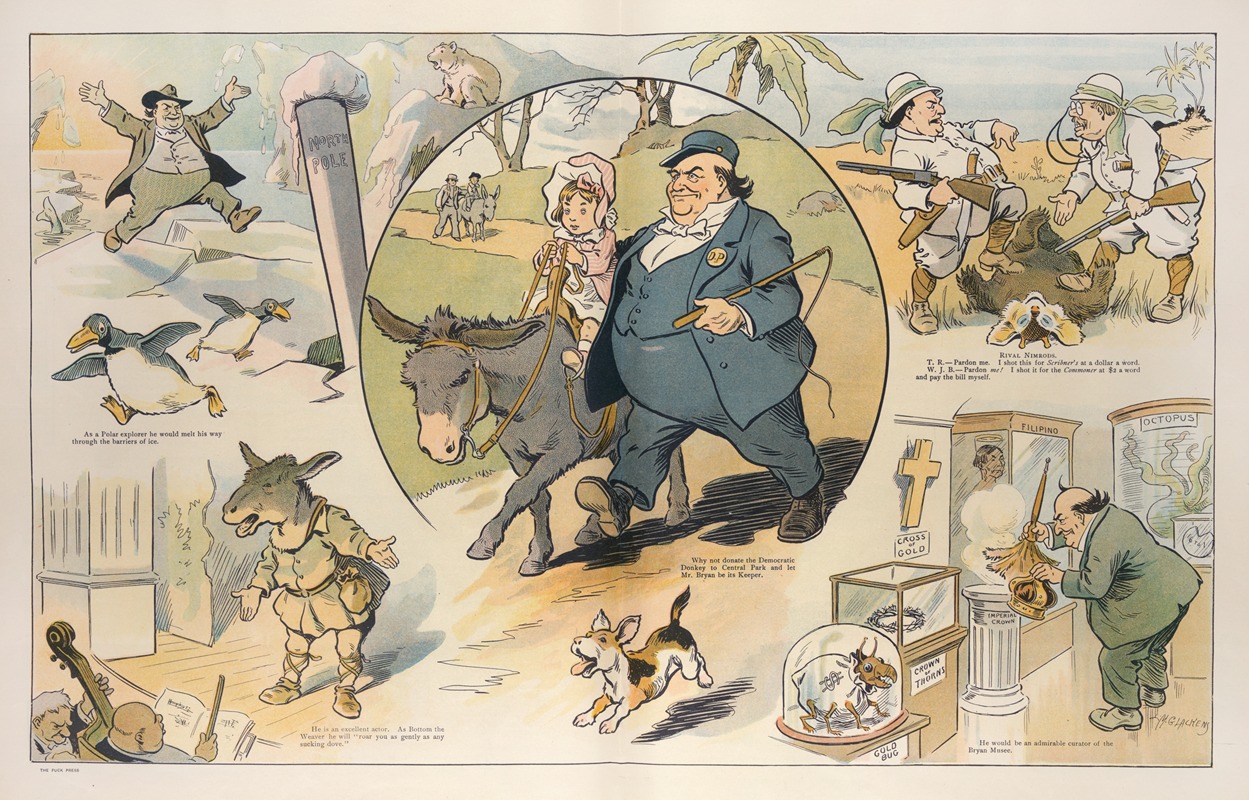
Some things Mr. Bryan might do
A hand-painted replica of Louis Glackens’s masterpiece Some things Mr. Bryan might do, meticulously crafted by professional artists to capture the true essence of the original. Each piece is created with museum-quality canvas and rare mineral pigments, carefully painted by experienced artists with delicate brushstrokes and rich, layered colors to perfectly recreate the texture of the original artwork. Unlike machine-printed reproductions, this hand-painted version brings the painting to life, infused with the artist’s emotions and skill in every stroke. Whether for personal collection or home decoration, it instantly elevates the artistic atmosphere of any space.
"Some Things Mr. Bryan Might Do" is a political cartoon created by American illustrator Louis M. Glackens. Louis Glackens, born in 1866, was a notable cartoonist and illustrator, recognized for his work in the early 20th century. He was the brother of Ashcan School painter William Glackens and contributed significantly to the world of illustration and animation during his career.
The cartoon "Some Things Mr. Bryan Might Do" was published in the context of the political climate of the early 1900s, specifically focusing on William Jennings Bryan, a prominent American politician and orator. Bryan was a dominant figure in the Democratic Party, known for his progressive ideas and his three-time candidacy for the presidency of the United States in 1896, 1900, and 1908. He was also famous for his role as Secretary of State under President Woodrow Wilson and his involvement in the Scopes Trial, which debated the teaching of evolution in schools.
Glackens' cartoon is a satirical piece that reflects the public perception and political controversies surrounding Bryan during his career. Political cartoons of this era were a popular medium for commentary on political figures and events, often using humor and exaggeration to convey their messages. Glackens, like many cartoonists of his time, employed these techniques to engage the audience and provoke thought about the political issues of the day.
The cartoon likely depicts various exaggerated scenarios or actions that Bryan might undertake, playing on his well-known public persona and political positions. While the specific content of the cartoon is not detailed here, such works typically aimed to critique or highlight the perceived inconsistencies, ambitions, or policies of political figures like Bryan.
Louis Glackens' work, including "Some Things Mr. Bryan Might Do," was part of a broader tradition of political satire that flourished in American media during the late 19th and early 20th centuries. His illustrations appeared in publications such as Puck magazine, a leading humor magazine of the time, which was known for its colorful and bold cartoons that addressed the political and social issues of the day.
Through his art, Glackens contributed to the public discourse, using his skills to influence opinions and provide commentary on the political landscape. His cartoons remain a valuable historical resource for understanding the cultural and political dynamics of his era, offering insights into how political figures like William Jennings Bryan were viewed by contemporary audiences.
Overall, "Some Things Mr. Bryan Might Do" exemplifies the role of political cartoons in shaping public perception and engaging citizens in the political process through satire and visual storytelling.





